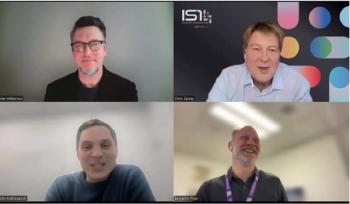
Noninvasive NMR Imaging Could Open New Biotech Opportunities
A new probe developed by researchers at the University of Melbourne, Australia, would allow NMR to be used without the use of microwaves, and with smaller machines.
Nuclear Magnetic Resonance (NMR) imaging is becoming more widely used in biology and medicine, Using the technology for biotech applications, however, usually requires the use of microwave fields, which can disrupt biological samples. Researchers at the University of Melbourne have demonstrated a noninvasive way to detect nuclear spins in molecules, using a new probe that can detect NMR in smaller samples than conventional machnines, without the use of microwave fields, according to
Professor Lloyd Hollenberg, deputy director of the Center for Quantum Computation and Communication Technology (CQC2T) and Thomas Baker, Chair at the University of Melbourne.
"In NMR the goal is to detect the magnetic signal from the nuclei of the atoms comprising molecules. But the signal from the nuclear spin is very weak and conventional NMR machines require many millions of nuclear spins to detect anything. However, using the quantum properties of a 'defect' in diamond, our technique can detect much smaller volumes down to only thousands of spins."
The discovery may overcome significant limitations with conventional NMR methods, which depend on machines that can exceed 10 m.t.
"This creates two problems: The machine can only see a larger collection of molecules, reducing the accuracy of the measurement. It also has to use very strong microwaves and magnetic fields to reach the sample, but these processes are invasive and can affect delicate biosamples, particularly when trying to see the molecular structure of liquids."
Lead author James Wood describes the technique as "a dramatic simplification of the nuclear detection process, where we essentially shine light on an atomic-sized defect in diamond and observe its natural response, at a fundamentally quantum level, to the target nuclear spins nearby."he said, adding, "A great benefit of our approach is that we don't interfere with the sample when imaging it."
Results from this research were recently published in
Newsletter
Stay at the forefront of biopharmaceutical innovation—subscribe to BioPharm International for expert insights on drug development, manufacturing, compliance, and more.





